
Only 20 were ever produced.
Of that, two were early prototypes, and two were pre-production prototypes that never entered into commercial service.
Here’s what the remaining 16 looked like:
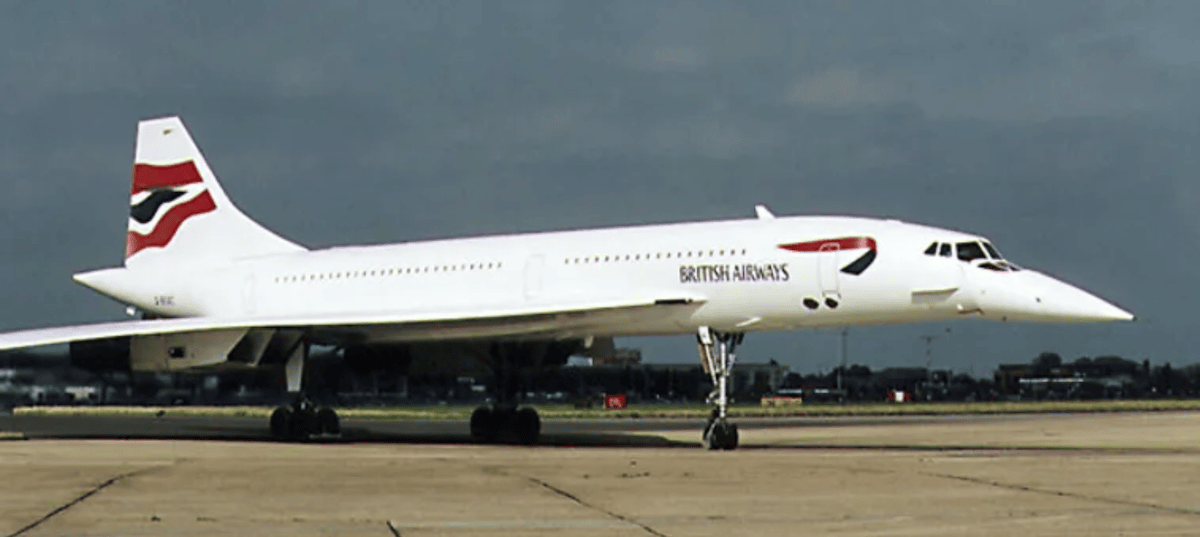
The Concorde was the only supersonic commercial aircraft that supported regularly scheduled commercial flights for more than two decades.
The first, by just 3 months, was the Tupolev Tu-144, which only flew commercial passengers for about three years due to two terrible crashes.
Supersonic travel transformed trans-Atlantic flights, reducing a trip from London to New York to just three and a half hours. What was incredible was that these supersonic commercial aircraft were built between 1966-1979. That last of which was manufactured 45 years ago.
And the last commercial flight of the Concorde was in 2003, after a horrible crash in 2000.
Since then, the world has been without supersonic commercial travel for more than 20 years.
What happened? Why hasn’t there been a new and improved supersonic transport (SST) designed for commercial use?
The short answer is economics.
The Concorde was a financial disaster.
They were too expensive to build and far too expensive to maintain and operate. And with only 16 in commercial service, there simply wasn’t enough scale in the production to drive down costs and improve efficiencies.
But that was more than 20 years ago. Things have changed.
And on Friday, a small aerospace startup just took a major step towards bringing a radically new and improved supersonic transport to market.
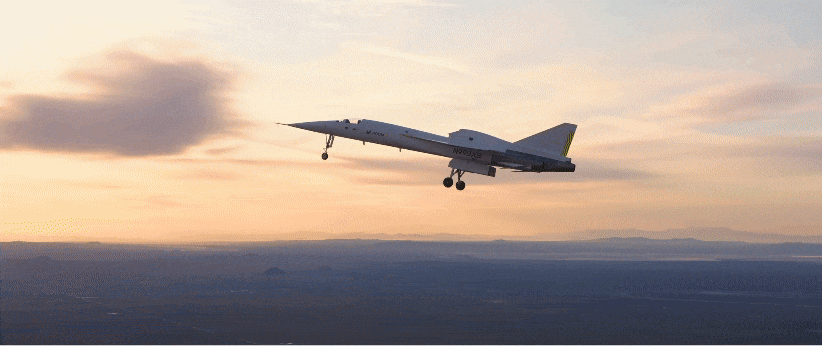
Above is a short clip of Boom Supersonic’s XB-1 supersonic demonstrator aircraft, which had its maiden voyage on Friday.
The XB-1 is designed at about a third of the scale of Boom Supersonic’s Overture, which will become the supersonic transport that will go into service by 2029.
It’s hard to have to wait that long, but we’ve already been waiting more than 20 years, so what’s a few more?
Boom’s test flight on Friday is just the beginning. It was a short, 12-minute flight at only 273 miles per hour. Supersonic flight will happen in future test flights.
But that doesn’t make it any less spectacular. For an early stage startup that has only raised about $270 million to date, this is an incredible accomplishment. The XB-1 is the first independently developed supersonic jet.
And the fact that something like this wasn’t done by an aerospace giant like Boeing or Airbus — or a business jet leader like Gulfstream, Bombardier, or Embraer — makes it that much more remarkable.
Boom Supersonic, around for only a decade, is leading the race for the next generation of supersonic commercial travel.
Here’s what Overture, the planned commercial supersonic transport will look like:
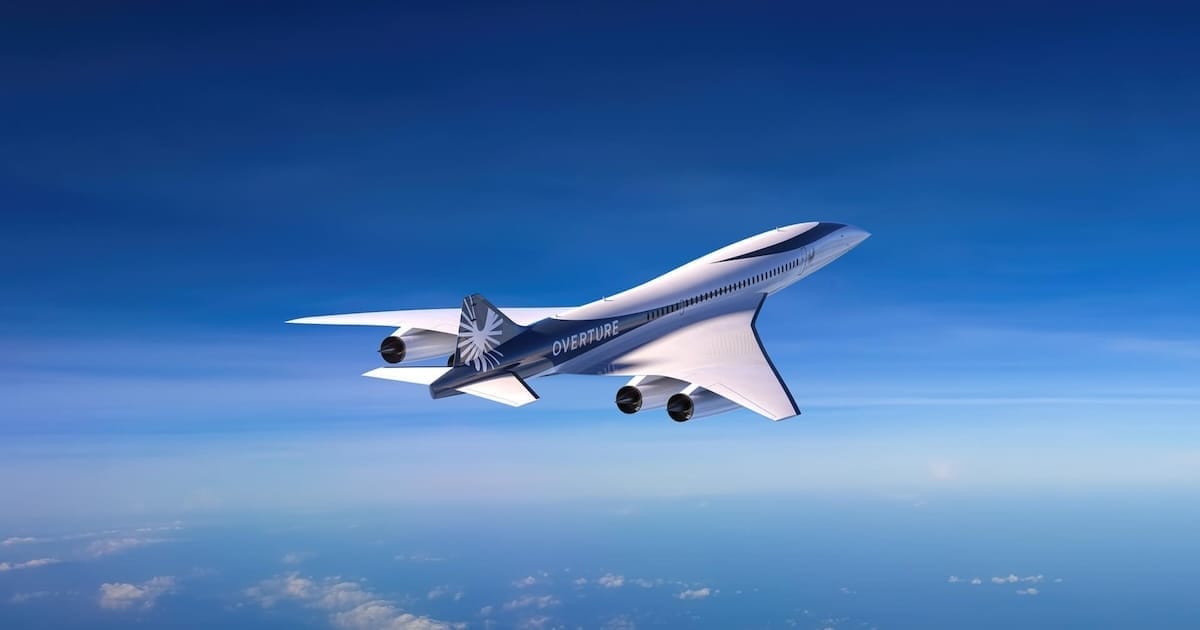
Designed to cruise at Mach 1.7, it will be twice as fast as its subsonic competition.
Capable of passenger cabin configurations between 64-80 passengers, Overture will bring back the 3.5-hour flights between New York and London… and make the trip from San Francisco to Tokyo a mere 6 hours (with a short stop for refueling).
Or for even longer flights like Los Angeles to Sydney, which are normally 14-15 hours, Overture can make the journey in about 8.5 hours, including a short stop in Tahiti for refueling.
Boom is already building its super factory for manufacturing Overture. Its first production line will be able to produce 33 Overtures a year. And a second production line would increase annual production to 66.
As exciting as the aerospace technology is for supersonic travel, the only way we’ll see hundreds — if not thousands — of Overtures serving routes around the world comes down to costs.
Aircraft must be manufactured and operated at a cost that allows airlines to be profitable on flights. This was the ultimate demise of the Concorde, as the economics simply didn’t work.
Boom’s current business plan is for the Overture to sell for around $200 million and to be operated at higher profits for an airline, compared to a widebody long range aircraft like a Boeing 777-300ER.
The plan also accounts for an all business class seat configuration in order to maximize revenues/profit per flight.
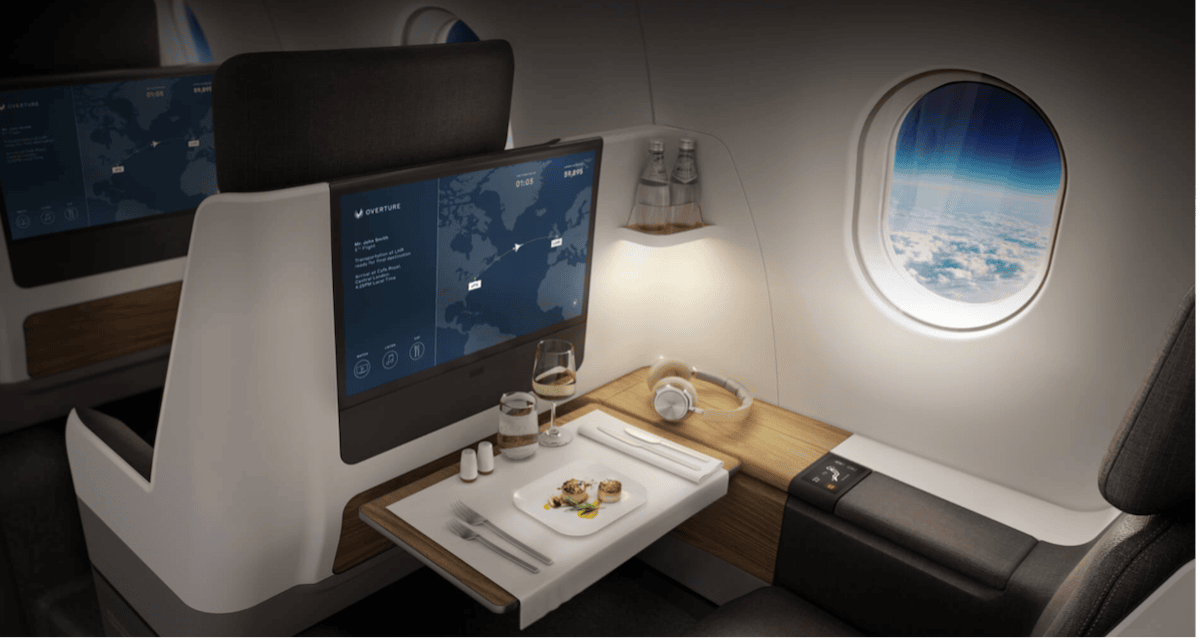
But what’s the secret? Why won’t Boom’s Overture be just another Concorde?
If we remember, the Concorde was built using technology available in the late 1960s. That was a long time ago. It shouldn’t take any convincing to believe that aerospace technology has improved a lot since then.
For example, the average fuel burn measured in fuel per passenger kilometer declined by 45% from 1968 to 2014.
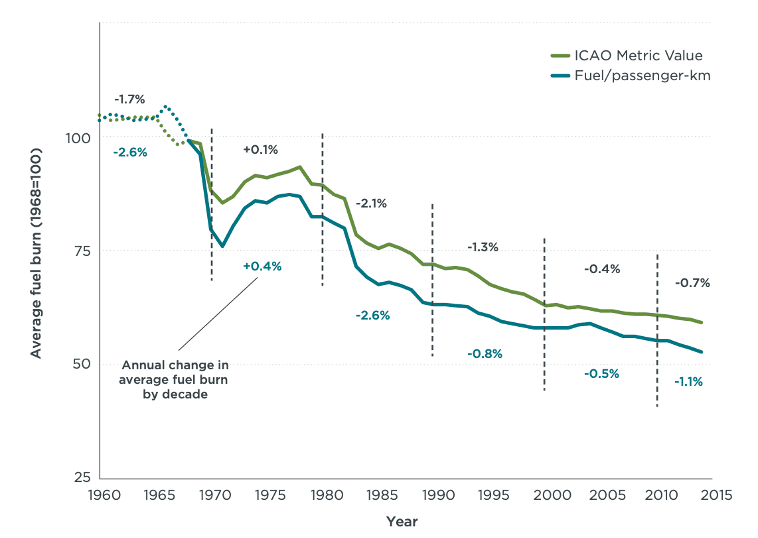
Historically, the industry has seen anywhere between a 1.3% and 2.6% annual improvement in fuel efficiency. This has been driven by a combination of technological improvements in jet engines, as well as the reduction in weight in aircrafts due to the use of lighter weight composites.
Further improvements have been made since 2014, both in aerospace materials, as well as jet engine design. The use of additive manufacturing, also known as 3D printing, has been a game changer for the aerospace industry… as unique geometries can be printed that would be impossible via any other manufacturing process.
These changes in technology have dramatically impacted the cost of operating a supersonic commercial aircraft. Boom’s rapid progress is no mistake. It’s taking advantage of the most advanced materials, composites, and manufacturing technology to build something completely new, with no anchor to a legacy design.
There is obviously a lot of work ahead for Boom to get to its first commercial flight.
The first full-scale prototype is expected to roll off the production line in 2026, with a planned first test flight in 2027.
If Boom keeps to that schedule without any major hiccups, it can make the planned first commercial flight by 2029.
It appears that there are quite a few industry giants that believe Boom is going to be successful. As of last June, Boom’s order book stood at 130 orders and pre-orders from big industry names like United Airlines, American Airlines, Virgin, and Japan Airlines.
And I’d be willing to bet some other big names have placed additional orders since then, as well.
With almost 10X in orders compared to the total number of Concordes ever produced for commercial flight, there is clearly demand for supersonic travel.
Having flown over 5 million miles over the last 35 years, I for one can’t wait.
Supersonic flight is like the air transportation version of Japan’s bullet trains, zipping effortlessly across Earth.
Given that its 2024, it’s amazing that we don’t see both more readily available around the world.
New reader? Welcome to the Outer Limits with Jeff Brown. We encourage you to visit our FAQ, which you can access right here. You may also catch up on past issues right here in the Outer Limits archive.
If you have any questions, comments, or feedback, we always welcome them. We read every email and address the most common threads in the Friday AMA. Please write to us here.